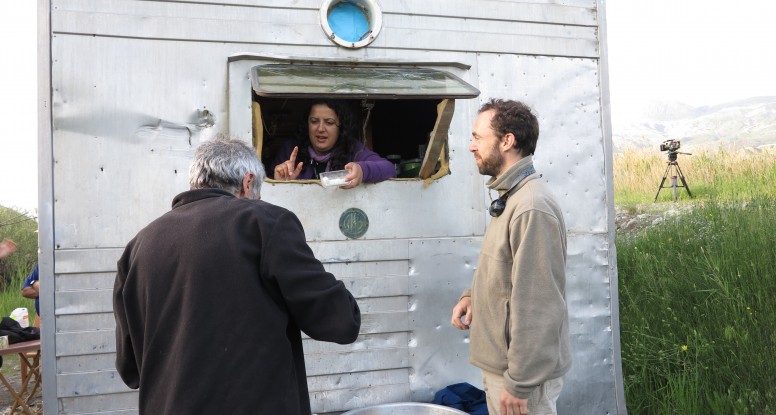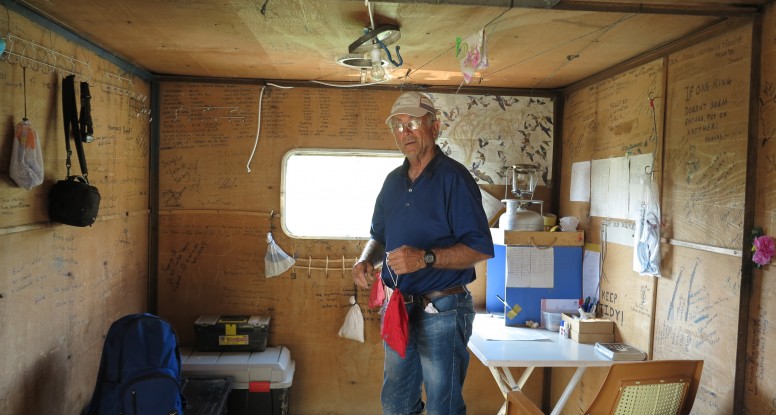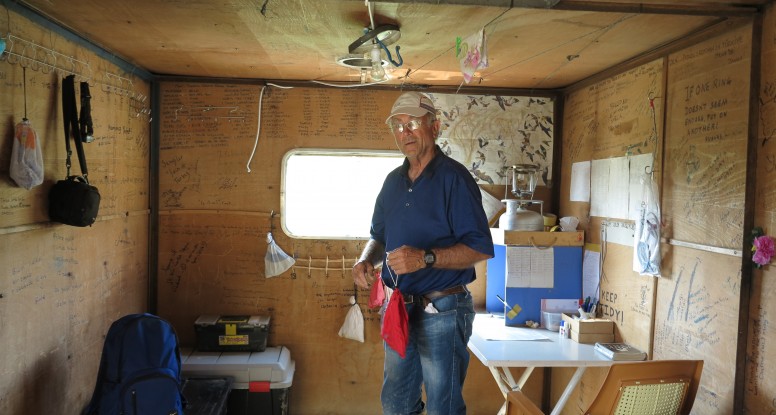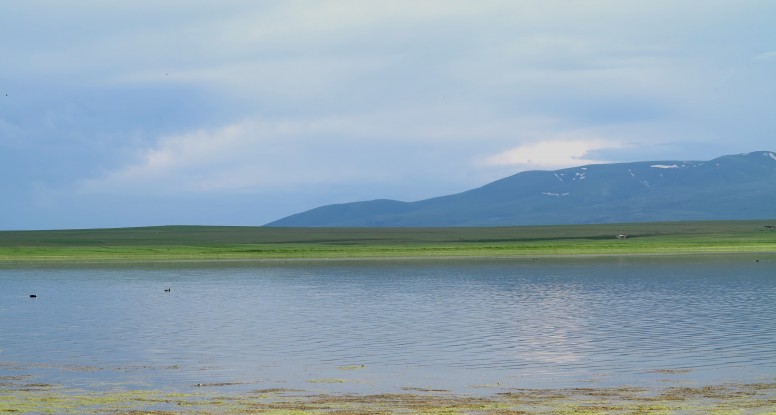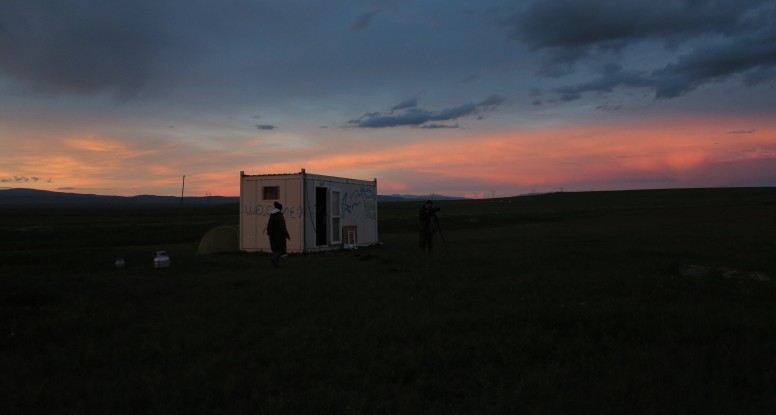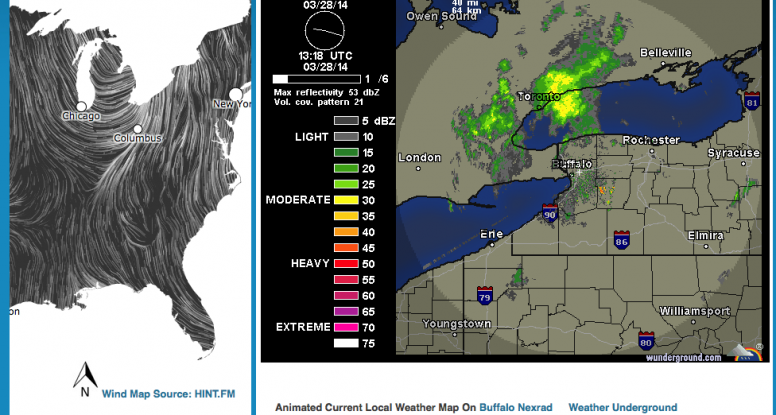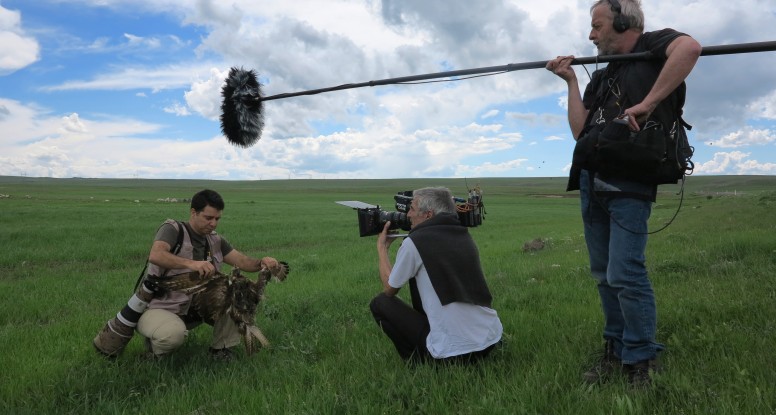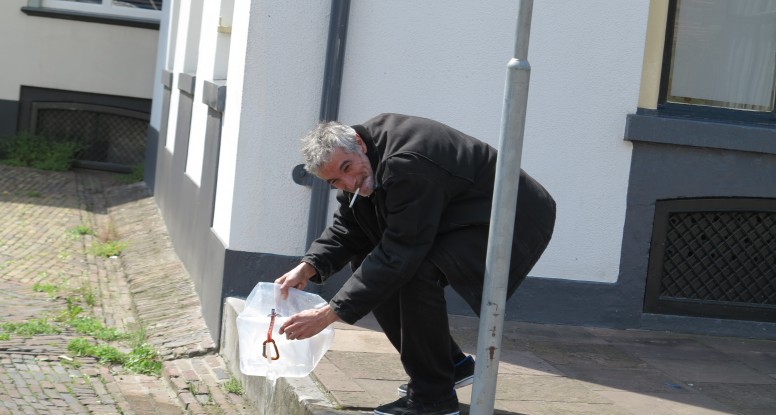Earth Hour is tomorrow! On Saturday March 29 between 8:30 and 9:30 thousands of homes and businesses across the planet will be turning off their lights to celebrate their commitment to the planet.
Humans should of course be concerned about the affect that light pollution and overuse of electricity will have on the environment every day of the year. Light pollution can be deadly for songbirds as they migrate at night. The Fatal Light Awareness Project (FLAP) estimates that between 100 million and 1 billion birds are killed due to window collisions in North America every year.
So even if it just for one hour, Earth Hour helps provide safe passage for migrating birds during spring migration season.
FLAP has just launched a new tool to alert people to the concentration of birds as they fly through the Great Lakes Region. Bird Migration Tracker can let people know to turn lights out at night and treat windows during the day. Bird Migration Tracker is free and available online, try it out yourself on FLAP’s website.
The tool is a live-streaming Web page that displays current weather conditions, moon phase and weather radar. Flocks of migrating birds are so highly concentrated that they appear on weather radar!
Alert levels range from low to extreme and are determined by a compilation of indicators displayed on the webpage. It is imperative to turn lights out at night during Heavy to Extreme intensity alerts.
Have you used Bird Migration Tracker? Tell us what you think.

